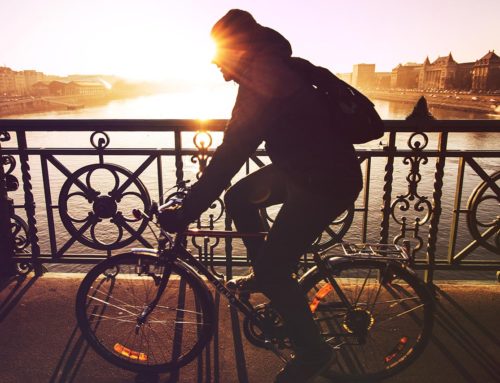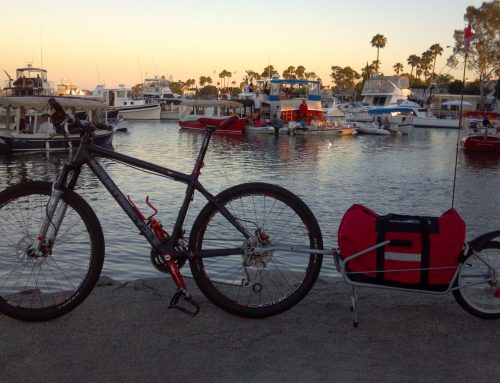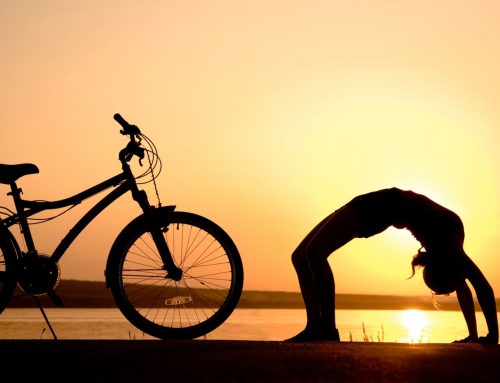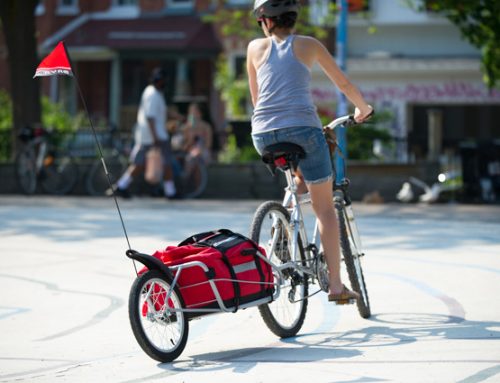Summer is the time to train for centuries and races, take off on a week-long bike tour or spend the afternoon exploring new single-tracks. To get the most out of your bike, and lower your chances of a mechanical, begin your adventure by performing a basic bike tune-up.
Clean and lubricate the Chain

Save yourself some time by picking up a chain cleaning tool like Finish Line’s Shop Quality Chain Cleaner. Simply fill it with a cleaner and degreaser and watch as the tool’s brushes magically sweep away grime lodged in each link. After the chain is clean, run it through an old rag several times until it’s dry. Next, apply a bike-specific chain lubricant. Follow the instructions specific to the product, but be sure to thoroughly wipe off any excess lube, as it will quickly collect dirt. To keep dirt from building up, wipe the chain with a rag after every ride.
Inspect the brakes
Check that the brake pads are tracking properly on the rim and not rubbing against the tire or only hitting part of the rim.
Brake pads are also prone to picking up debris. This, in turn, can damage rims, shorten the life of your brake pads or decrease the brake’s stopping power. For brakes with pads, clean them with rubbing alcohol or bike cleaner. If you do find pieces of glass, sand or stones lodged in the pad, use a sharp object like a pick or knife to carefully remove the object. Disc brakes can be cleaned with either rubbing alcohol or a cleaner specifically designed for disc brakes.
Check the Tire Pressure

Fix Skipping Gears
If your bike skips gears, loose cable tensioning is probably to blame. This is a common problem, especially right after the cable is replaced. To make your job easier, place the bike in a work stand. Shift to the smallest cog and turn the barrel adjuster for the rear derailleur clockwise for a half a turn. Pedal forward, shifting once. If the chain doesn’t move to the next cog, give it another half turn. If you shift and it jumps two cogs, then you must turn the barrel adjuster a half turn counter clockwise.




